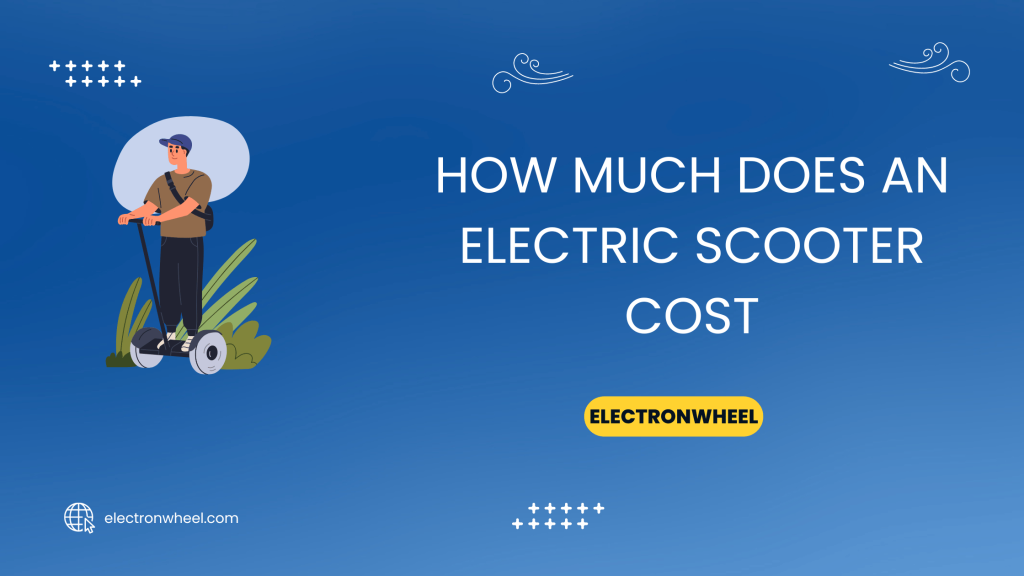This post contains affiliate links, we'll earn compensation if you make a purchase using them at no additional cost to you 😊
The mountain bike world is packed with an exciting range of bike types, where each bike is tailored for different trails and riding styles. From sturdy DH bikes to lightweight XC bikes, there is a mountain bike designed for every kind of off-road terrain.
This article will break down all the major types of mountain bikes and their categories. I will also help you choose the right mountain bike so you can take your off-road adventure to the next level.
Mountain Bike Categories
There are three main categories of mountain bikes:
1. Full Suspension
A full-suspension mountain bikes have front and rear suspension. The front suspension is a telescoping fork that compresses to absorb impacts from bumps, rocks, and drops. The rear suspension is a shock mounted to the frame to cushion the rear wheel.
Full-suspension bikes excel at descending and covering rough terrain. The dual suspension smooths out the bumps, allowing you to maintain control and traction over uneven surfaces. This keeps you comfortable and confident on challenging trails.
2. Rigid
Rigid mountain bikes have no suspension system. The lack of suspension translates into excellent pedaling efficiency and lower weight. Rigid bikes are simpler to maintain as well.
While not as cushioned, rigid mountain bikes promote better pedaling form and bike handling skills. They work well for smooth trails, fire roads, bike paths, and cross-country riding. Rigid bikes are typically the most affordable mountain bike option.
3. Hardtail
Hardtail mountain bikes have front suspension but no rear shock. The front suspension fork soaks up bumps and vibrations to smooth out the ride. Hardtails are efficient climbers and great all-around mountain bikes.
With suspension up front and a rigid frame in the rear, hardtails combine comfort with excellent power transfer when pedaling. This creates a balanced mountain bike that’s versatile across different trails and riding styles.
5 Types of Mountain Bikes
Now that you are aware of all mountain bike categories let’s have a look at the types of mountain bikes available in the market:
1. All Mountain/Enduro Bikes – A Beast on Rough Trails
All mountain bikes, also known as enduro bikes, are made to handle riding up and down varied terrain. They have a moderate amount of suspension travel, usually between 150-170mm, to smooth out rugged descents while still climbing efficiently.
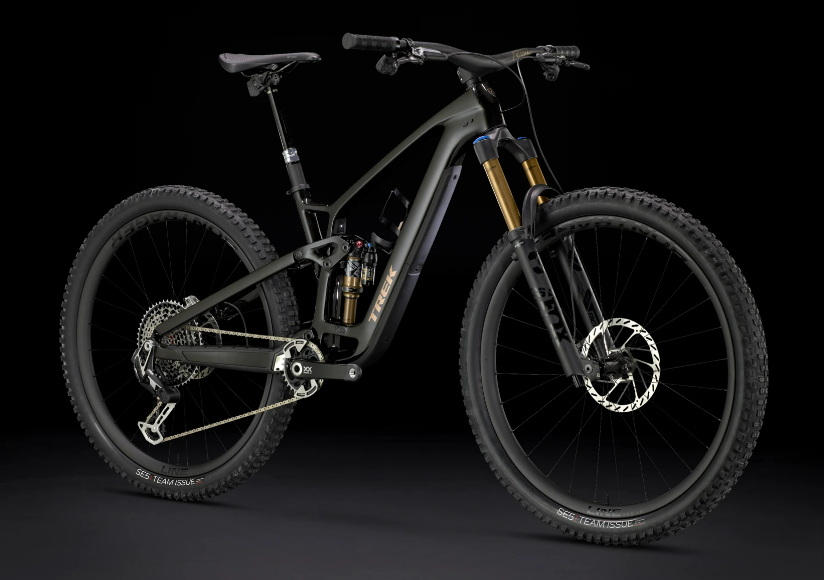
Enduro bikes feature slacker head tube angles around 64-66 degrees for confident stability at speed and on steeper descents. Shorter stems and wider handlebars give the rider greater control and leverage on downhill runs. Many Enduro bikes also come equipped with dropper seat posts that allow the saddle to be lowered out of the way during technical riding.
The wheels and tires on all mountain bikes are burlier to better handle impacts from rocks and drops. Overall, these bikes offer an excellent balance of capability for both climbing and descending.
2. Downhill Bikes – Built for Speed
Downhill mountain bikes are purpose-built for racing or riding steep, gnarly terrain at speed. They have long suspension travel between 180-210mm to absorb massive impacts and keep the wheels planted over the roughest trails.

Downhill bikes use heavy-duty components like wheels, drivetrains, and brakes to withstand the huge forces generated at high speeds. The top tube has a rearward slope, so the rider’s weight is centered over the bottom bracket for stability. Head tube angles are ultra slack, around 62-64 degrees, for straight-line stability pointed downhill.
Single chainring cranksets with minimal moving parts are common to reduce mechanical issues from bouncing wildly over rocks and jumps. Wide, flat pedals ensure solid footing when bounding downhill at mach speed.
3. Cross-Country Bikes – Efficient Climbers
Cross-country bikes are designed for efficiency when climbing and covering rolling terrain quickly. They have shorter suspension travel between 100-120mm to reduce bobbing and keep pedaling crisp when hammering uphill.
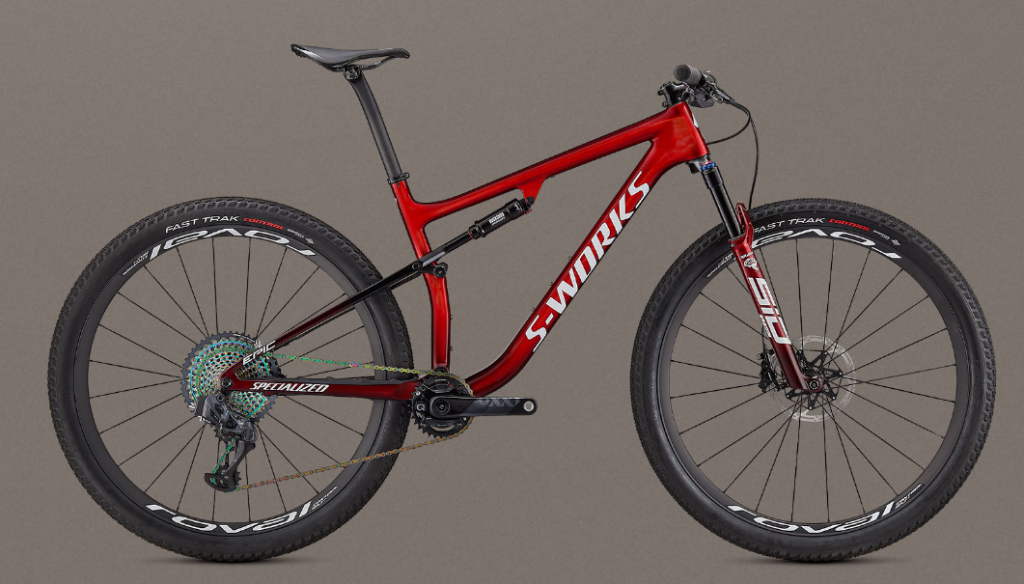
The lightweight frames and components shed weight to help riders fly up climbs and acceleration out of turns. Steeper head tube angles around 68-71 degrees offer quick, nimble handling through tight singletrack trails.
Narrower handlebars and short stems provide an agile feel. Large gear ranges on the drivetrain will tackle the steepest pitches. Durable yet lightweight wheels and tires keep rotational weight low for rapid acceleration.
4. Trail Bikes – Balanced All-Arounders
Trail bikes strike a versatile balance between cross-country racers and heavier all-mountain sleds. Moderate suspension travel between 130-150mm smooths the trail without sacrificing pedaling efficiency.
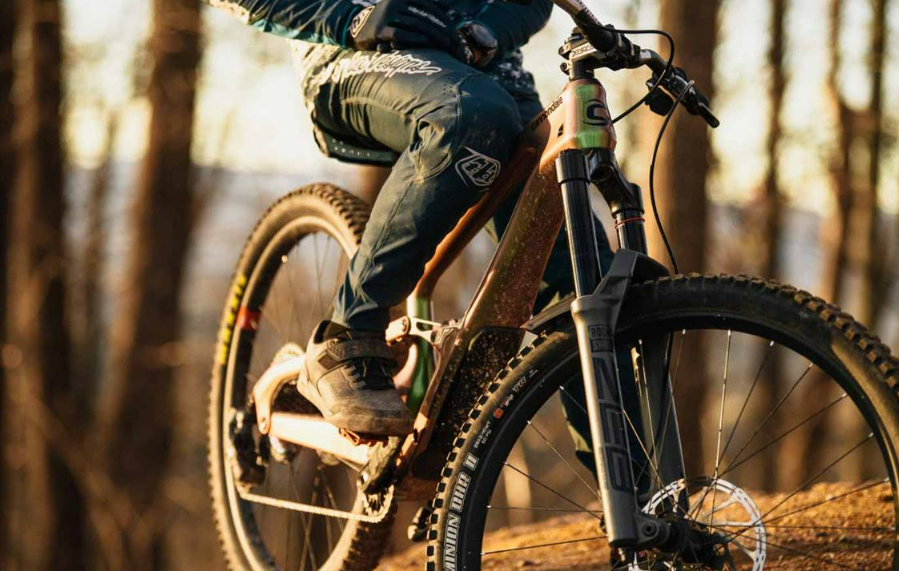
The head tube angle splits the difference as well, around 65-67 degrees, for a bike that climbs capably but won’t feel too twitchy bombing downhill. Components are chosen to provide decent durability without driving up the price too much.
The gearing range suits most trails but may struggle on extended super-steep climbs. Overall, trail bikes offer a pleasing middle ground of capability, stability, and affordability.
5. Fat Bikes – Float and Traction
Fat bikes utilize massive 3.8 to 5 inch wide tires that run at very low pressure for flotation and traction across snow, sand, or any loose surface. The extra wide rims and frame/forks have clearance to fit these huge tires.
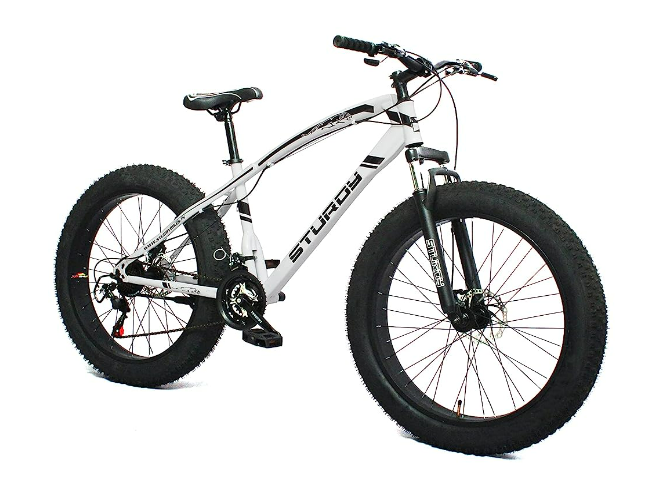
Rigid frames soak up the bumps by using the tire suspension. Even on firm surfaces, the ultra-low pressures provide comfort. The wide footprint aids steering control, making fat bikes surprisingly nimble for their size. Gears are set lower to keep pedaling through sluggish terrain. With appropriate tires, fat bikes can ride where other bikes would get bogged down.
Standard vs Electric Mountain Bikes
In addition to suspension types, you’ll need to decide between a standard pedal bike or an electric mountain bike.
Standard mountain bikes rely solely on your pedaling power to propel the bike. You get exercise while enjoying the outdoors. Standard mountain bikes are simpler and generally more affordable.
Electric mountain bikes have integrated electric motors that provide pedal assistance as you ride. Sensors and torque measurements detect when you’re pedaling and give a power boost to your pedal strokes.
E-mountain bikes remove some physical exertion, allowing you to ride longer with less fatigue. They utilize rechargeable batteries that power the electric motor.
How to Choose a Mountain Bike?
With so many options, choosing your first mountain bike can feel confusing. Keep these tips in mind when shopping:
- Consider your riding style and local trails. More aggressive terrain calls for more suspension and beefier components. Smooth, flat trails may only need a hardtail or rigid bike.
- Make sure the bike fits you properly. Visit local bike shops and test ride different mountain bikes in your size.
- Look for an air fork rather than coil suspension. Air forks are lighter and more adjustable to your weight and riding style.
- Examine the gearing range. Wider gearing delivers better high and low end for climbing and descending hills.
- Don’t overlook used mountain bikes to get better components at a lower price point.
What Wheel Size is Better – 27.5” or 29”
Wheel size is another key factor affecting how a mountain bike performs. The two common sizes are 27.5-inch and 29-inch wheels. So which is better?
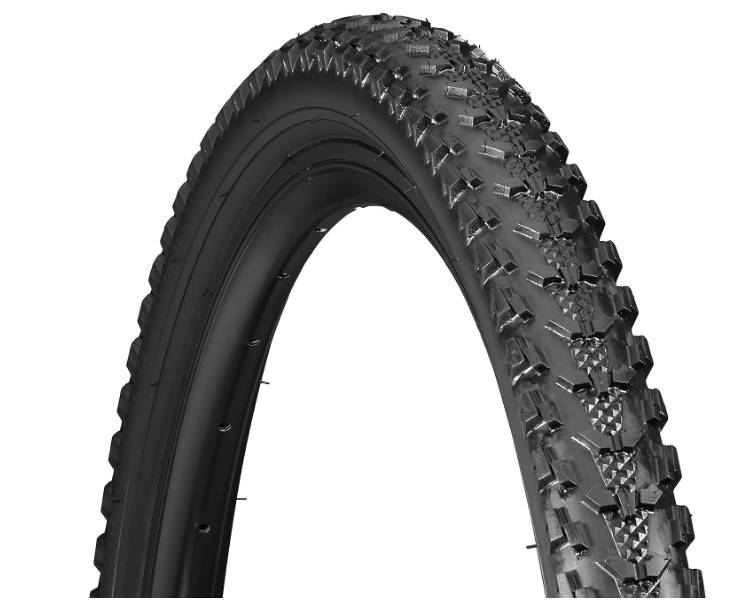
29-inch wheels roll over obstacles more easily. The larger diameter helps maintain momentum and a smoother ride across rough terrain. 29ers excel at cross-country riding.
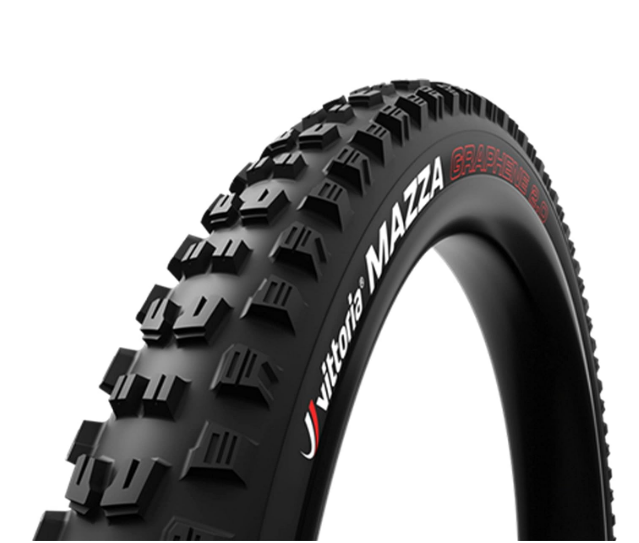
On the other hand, 27.5-inch wheels offer greater agility and quicker handling. They’re ideal for tight switchback trails with fast direction changes. 27.5-inch wheels are often preferred for downhill riding.
In summary:
- 29-inch wheels = faster rolling, improved traction
- 27.5-inch wheels = more nimble, quicker handling
So consider your riding environment, local trails, and handling preferences when choosing a wheel size.
Related Reads
- Best Electric Bikes Under $1000
- Charge E-Bike Battery Without Charger
- Do Electric Bikes Charge When You Pedal
Final Verdict: Types of Mountain Bikes
Finding the right mountain bike involves balancing your budget, riding style, skill level, and local trail conditions. Test riding different mountain bike types gives first-hand experience to see what works best for your needs.
While high-end bikes have premium components and improved suspension, affordable hardtails can still deliver versatile performance for recreational fun on backcountry trails. Invest in a quality mountain bike suited to you, then get ready to enjoy the thrill of scenic rides and adrenaline-filled descents!
FAQs
The best mountain bike depends on your riding style and local trail conditions. Test ride different types like trail, all-mountain, and cross-country bikes to see which one suits your needs and riding style the best.
Hardtail mountain bikes have front suspension only, while full suspension mountain bikes have both front and rear suspension. Full suspension bikes absorb impacts from bumps better across rugged terrain but come at a higher price point. Hardtails are lighter, more affordable, and offer efficient pedaling.
Mountain bike pricing covers a wide range, generally starting around $500 for hardtails from reputable brands and ranging up to $10,000 for high-end downhill and cross-country bikes. More affordable hardtail mountain bikes can still deliver good performance for recreational trail riding and occasional off-road use.


